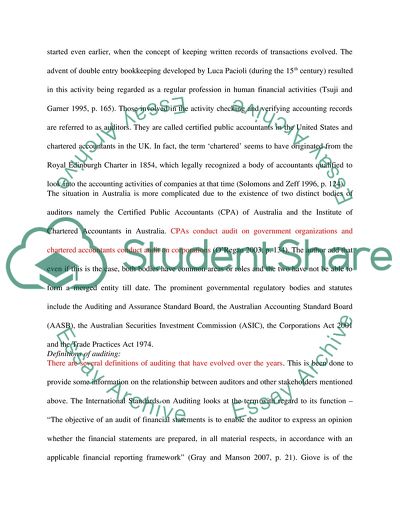Cite this document
(Changes in Audit Relationship with Clients and Third Parties Assignment, n.d.)
Changes in Audit Relationship with Clients and Third Parties Assignment. Retrieved from https://studentshare.org/finance-accounting/1731697-corporate-audit-assignment
Changes in Audit Relationship with Clients and Third Parties Assignment. Retrieved from https://studentshare.org/finance-accounting/1731697-corporate-audit-assignment
(Changes in Audit Relationship With Clients and Third Parties Assignment)
Changes in Audit Relationship With Clients and Third Parties Assignment. https://studentshare.org/finance-accounting/1731697-corporate-audit-assignment.
Changes in Audit Relationship With Clients and Third Parties Assignment. https://studentshare.org/finance-accounting/1731697-corporate-audit-assignment.
“Changes in Audit Relationship With Clients and Third Parties Assignment”, n.d. https://studentshare.org/finance-accounting/1731697-corporate-audit-assignment.


